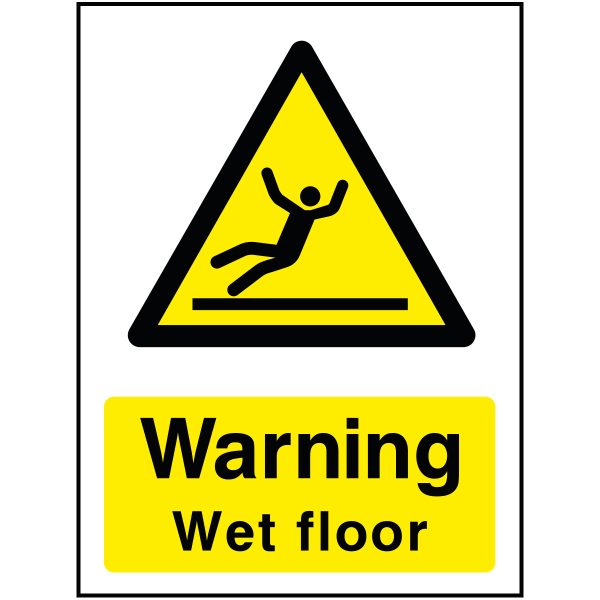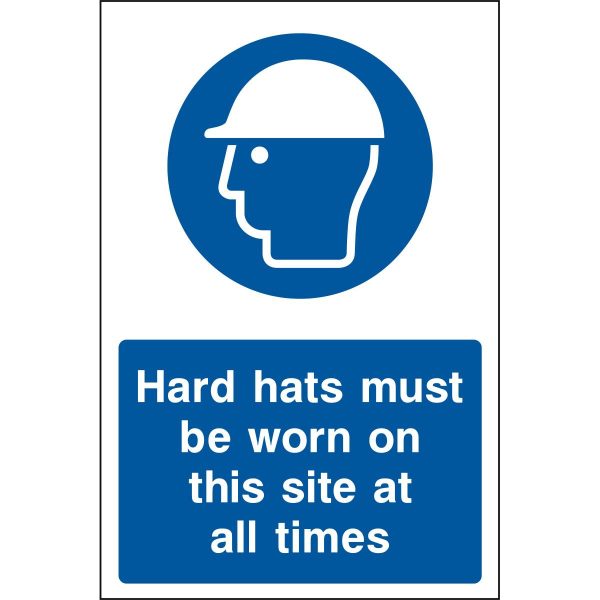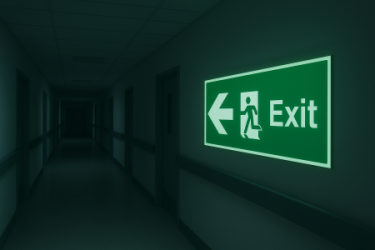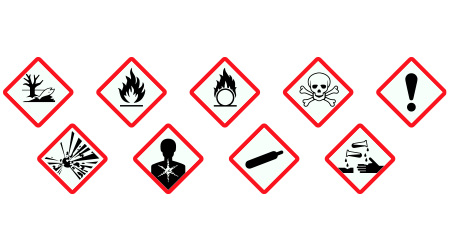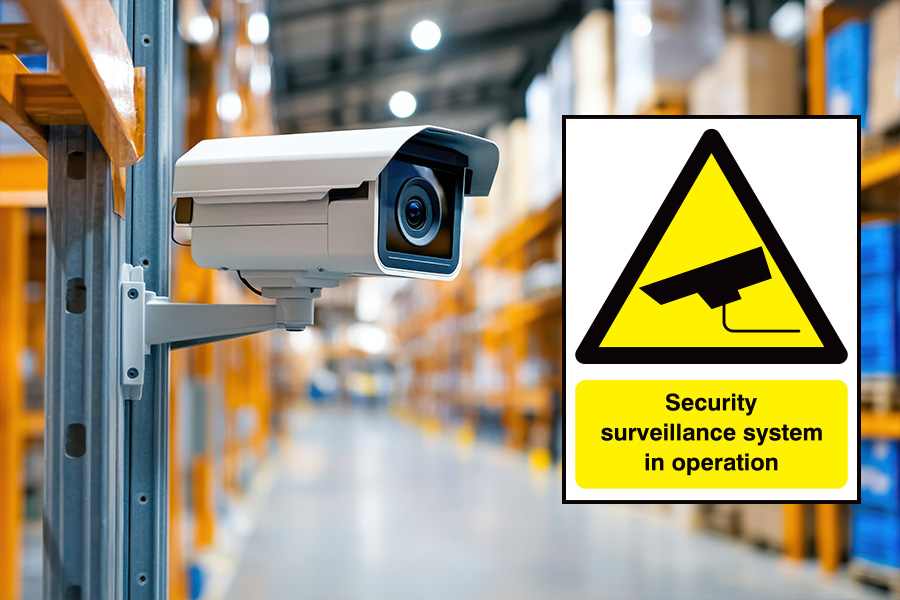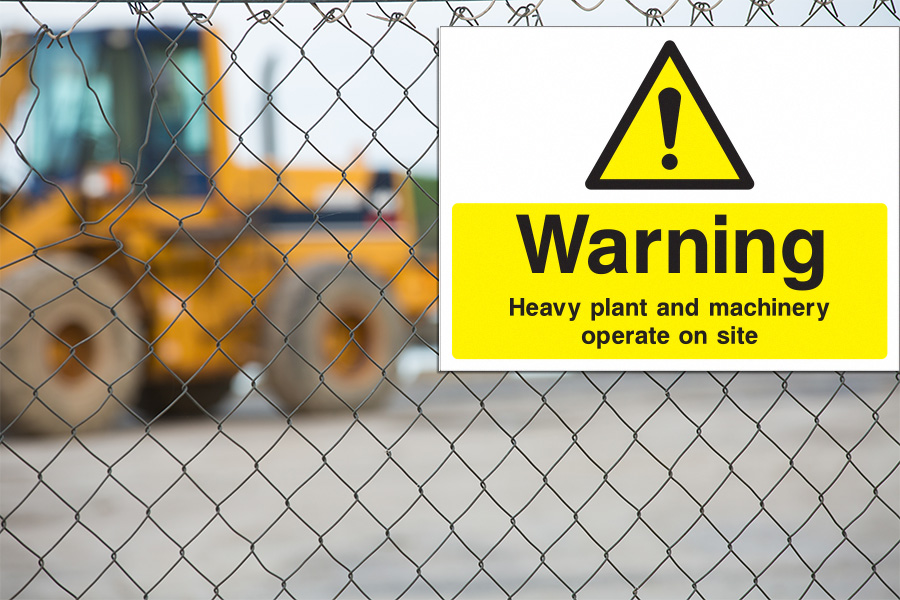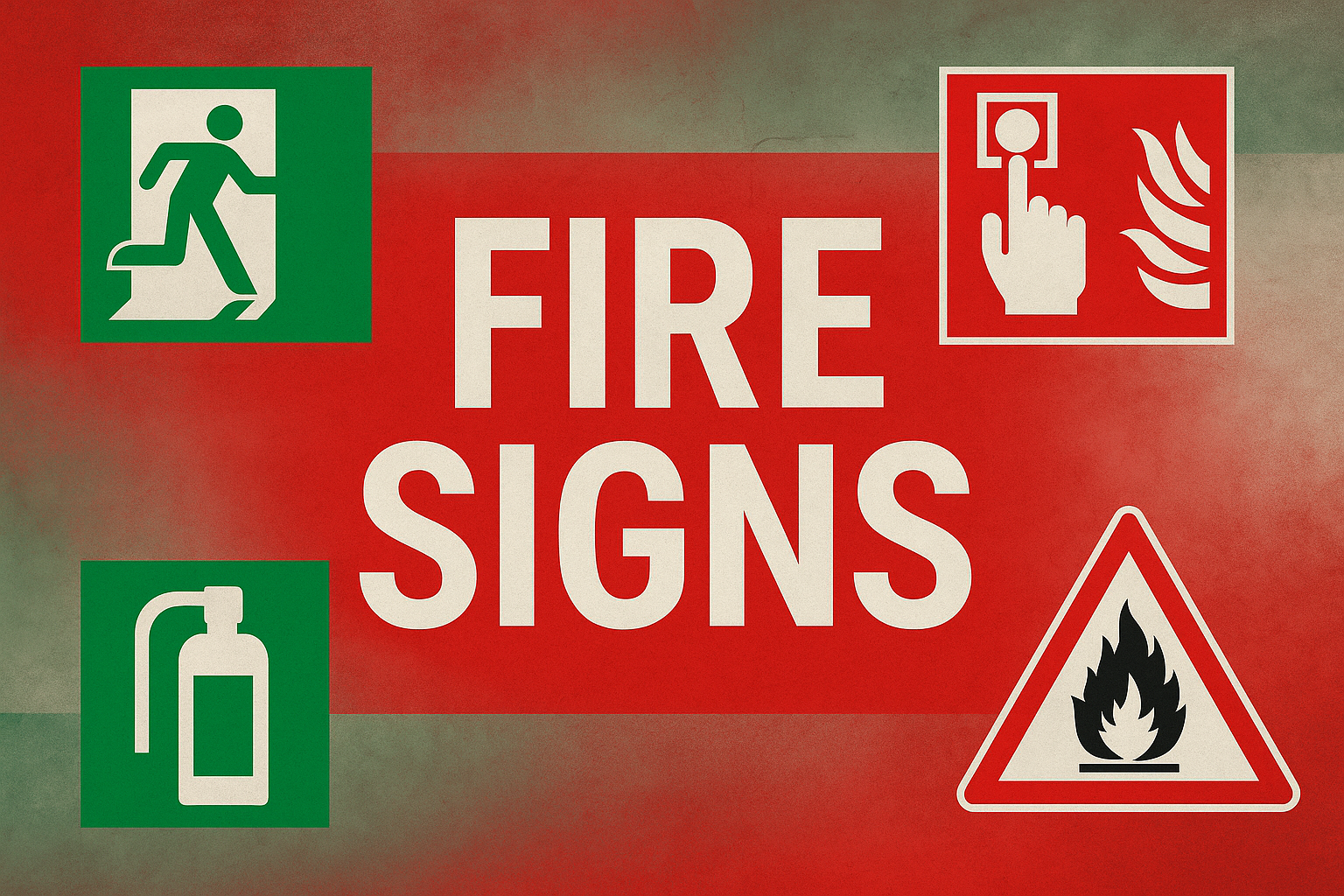How Safety Signs Prevent Accidents
Safety signs are among the most effective and accessible tools for reducing risk in the workplace and public environments. By clearly indicating hazards and outlining necessary precautions, safety signs prevent accidents by guiding behaviour, enhancing situational awareness, and promoting accountability. In virtually every setting, from construction sites to offices, these signs serve as essential reminders of safety procedures and legal responsibilities.
Safety Signs in High-Risk Environments
Warehouses and manufacturing facilities use signs to mark vehicle routes, identify hazardous substances, and indicate the presence of high-voltage equipment. Emergency exit signs, fire extinguisher locations, and mandatory PPE indicators must all be easy to see and understand. In fast-paced or noisy environments, visual communication through signage is often more effective than verbal instruction.
To maintain their effectiveness, signs in these environments must be:
- Durable and resistant to wear.
- Strategically placed at key decision points.
- Clearly legible from appropriate distances.
- Regularly reviewed and updated in response to operational changes.
By addressing these needs, businesses can ensure that their safety signs prevent accidents through clear, consistent communication.
Effective Design and Placement: Making Signs Work
A well-designed safety sign is only effective if it’s seen, understood, and acted upon. Design elements such as colour coding, pictograms, and font clarity are governed by British Standards and help ensure universal comprehension. For example:
- Yellow signs for warnings.
- Red signs for prohibitions or fire safety.
- Blue signs for mandatory actions.
- Green signs for emergency or first aid.
- White signs for information.
- Orange signs for indicating potential dangers or hazards that are associated with machinery or equipment.
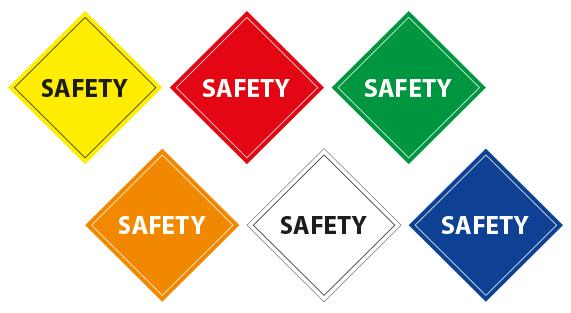
Safety signs colours explained
Placement is equally important. Signs should be positioned at eye level and along common pathways or points of risk. In low-light environments, glow in the dark or illuminated signs are essential. Temporary signs such as those used during cleaning or maintenance must also be visible and stable.
Poor signage, whether due to damage, unclear messages, or poor placement, can be just as dangerous as no signage at all. Conducting regular audits to check visibility, legibility, and relevance is a vital part of any health and safety strategy. Ultimately, good signage design and placement are key factors in how safety signs prevent accidents.
Types of Safety Signs
Understanding the different types of safety signs is essential for creating a safer environment. In the UK, safety signs follow a colour-coded and shape-specific system under the Health and Safety (Safety Signs and Signals) Regulations 1996. Each category of sign serves a unique purpose in preventing accidents and ensuring compliance.
Prohibition Signs
Prohibition signs tell people what not to do in order to avoid hazardous actions. These signs are red, circular, and feature a diagonal line through a black pictogram on a white background.
Examples include:
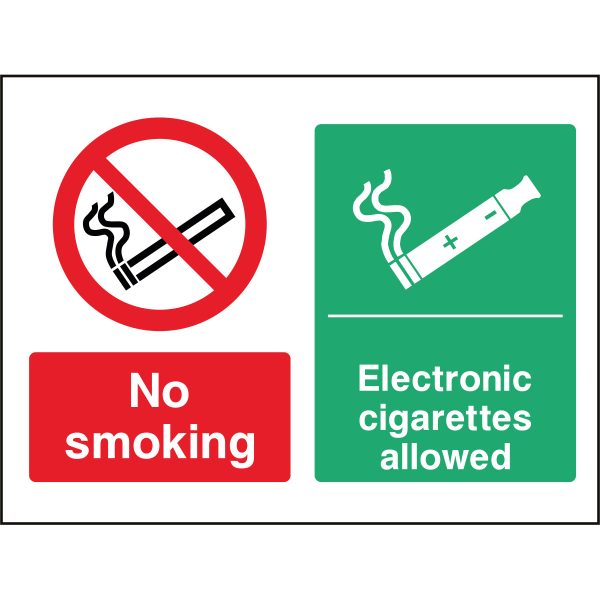
Prohibition signs stop unsafe behaviours before they happen. For example, a “No Smoking” sign near flammable substances significantly reduces the risk of fires. Similarly, “No Entry” signs prevent unauthorised access to dangerous zones like construction areas, helping avoid injuries from heavy machinery or unstable structures.
Mandatory Signs
Mandatory signs indicate actions that must be carried out to stay safe. They are circular, blue, and display white pictograms showing the required behaviour.
Examples include:
- Wear Safety Goggles Sign.
- Use Ear Protection Sign.
- High-Visibility Clothing Must Be Worn Sign.
These signs ensure that individuals wear the correct personal protective equipment (PPE) or follow safety procedures in hazardous environments. For instance, “Wear Hard Hat” signs reduce head injury risks on construction sites, while “Eye Protection Must Be Worn” in laboratories or factories safeguards against chemical splashes or flying debris.
Warning Signs
Warning signs caution people about potential dangers nearby. They are triangular, yellow, and contain black symbols.
Examples include:
- Caution: Wet Floor Sign.
- High Voltage Sign.
- Forklift Trucks Operating Sign.
These signs give people time to react appropriately to avoid harm. A “Caution: Wet Floor” sign warns of slipping hazards in areas being cleaned or affected by spills. “High Voltage” signs are critical in electrical areas, discouraging untrained personnel from coming too close. “Forklift Operating” signs alert pedestrians and workers to the risk of moving vehicles.
Emergency Escape and First Aid Signs
Emergency signs indicate the locations of safety equipment, exits, and first-aid points. They are green, rectangular or square, and feature white symbols.
Examples include:
- Fire Exit Sign.
- First Aid Station Sign.
- Assembly Point Sign.
During an emergency, confusion and panic can lead to further injury. Emergency escape signs guide people to the nearest safe exit, making evacuation faster and more orderly. First-aid signs help locate medical help immediately, reducing the impact of injuries and ensuring that help is never far away when it’s needed most.
The Consequences of Ignoring Safety Signage
Wolverhampton-based manufacturer Fablink UK Limited was fined £30,000 after a 45-year-old welder, David Lucas, was struck by a reversing forklift at their Stafford Road site in January 2023. He suffered a fractured ankle and broken elbow. The incident occurred due to a lack of basic safety measures, including clearly marked pedestrian walkways and signage to separate foot traffic from vehicle routes.
The Health and Safety Executive found the forklift had a broken horn and worn tyres, and the company’s transport risk assessment was inadequate. Despite previous HSE advice, Fablink failed to make improvements. This case shows how the absence of proper signage and vehicle pedestrian separation can lead to serious, preventable injuries and highlights the importance of effective safety measures in busy work environments.
Custom Solutions and Long-Term Benefits
While many standard signs meet general safety needs, custom signs, however, can address the specific risks and layouts of complex environments. For this reason, at EU Signs, we offer bespoke signage solutions tailored to each client’s operational needs and legal requirements. Whether we provide branded mandatory signs in corporate settings or create unique hazard signs on specialised equipment, customisation actively enhances both clarity and relevance.
In addition, temporary signage also plays an important role, particularly in dynamic settings like hospitals, event venues, and construction projects. To that end, mobile signs with real-time updates ensure that workers and visitors are always aware of current hazards and required precautions.
Investing in high-quality safety signage brings numerous long-term benefits:
- Fewer workplace injuries and near misses
- Reduced insurance claims and legal costs
- Improved employee confidence and satisfaction
- Enhanced productivity from fewer interruptions
- Better outcomes in inspections and audits
Most importantly, safety signs prevent accidents, protecting not just property and processes but lives. The return on investment goes beyond financial savings—it’s about creating safer, more responsible workplaces.
Why Safety Doesn’t Happen by Accident
You cannot overstate the importance of safety signage. Safety signs actively prevent accidents, ensure regulatory compliance, and promote a positive safety culture. Whether you manage a construction site, oversee a warehouse, or run a public facility, the right safety signs make all the difference.
At EU Signs, we commit to helping businesses across the UK meet their health and safety obligations with confidence. Our wide range of compliant, durable, and customisable signs gives you the tools you need to create a safer environment for everyone.
Contact us today to learn more about how our safety signs prevent accidents and how we can support your compliance and safety goals.
From Our Blog:
- What are Footpath Waymarker Signs?
- Are Safety Signs Mandatory in the UK Workplace?
- What Are Mandatory Safety Signs in the UK?
- How Often Should Health and Safety Signs Be Replaced?
- Fire Safety Sign Requirements for UK Businesses
- The Importance of Fire Signs in Buildings
Buy Safety Signs:
